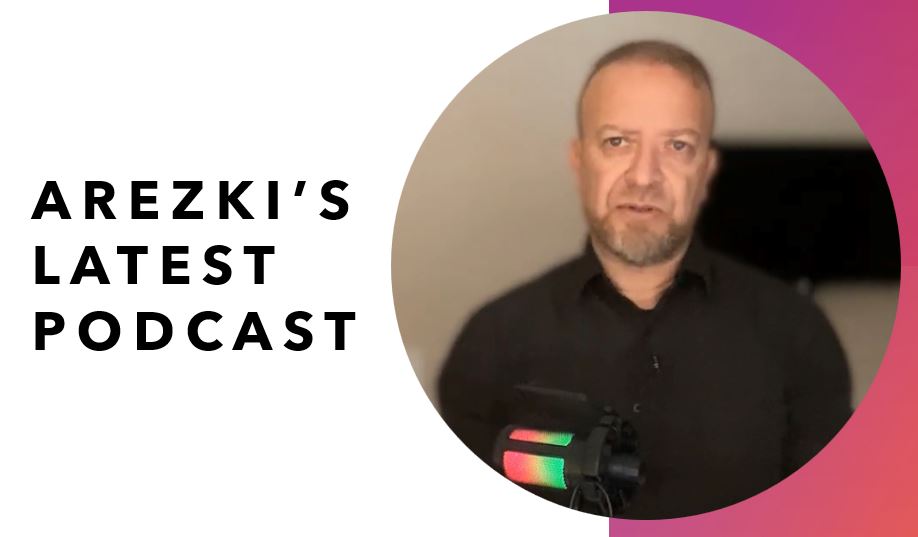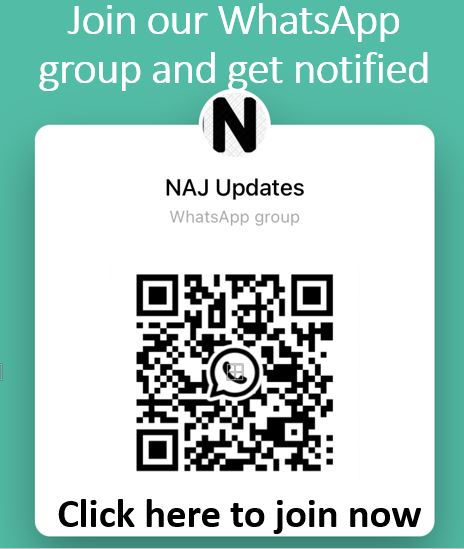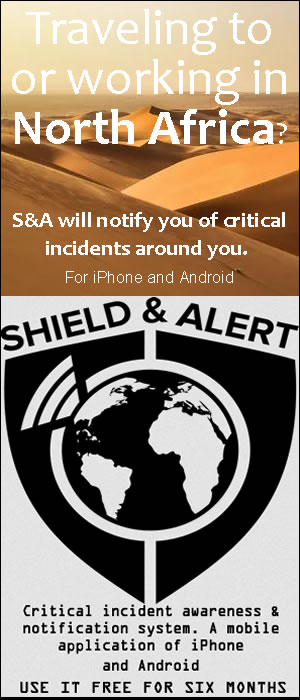By Anne-Sophie Labadie:
The hospital in Amizmiz caring for Moroccans injured in the earthquake is now a tent pitched on asphalt under a blazing sun, and it has only around a dozen beds. When one bed becomes free, it is immediately filled again as the flow of victims from the disaster keeps on coming from villages at the foot of the Atlas mountains.
Three days after Friday night’s quake, the strongest ever to hit the North African country, relief workers are battling to cope in the aftermath. Patients are now being cared for under the large grey tent because of fears that the hospital building itself may be vulnerable to aftershocks.
An ambulance brings the latest victim, 81-year-old Lhoucein Barouj whose leg is fractured. The old man has a haggard look, his mouth open. Relatives said he was seen by a traditional osteopath, but this will be the first hospital treatment he has received in three days. He has not had any pain relief either. “We had to carry him out of the house ourselves in a blanket and carry him for kilometres (miles),” said his daughter Habiba. Then “we waited in a field” for helpers, who came eventually to their village, Ait Mbarek.
As in other mountainside villages hit by the 6.8-magnitude quake, landslides have blocked access, and a shutdown in communications has also delayed treatment for many of those affected.
Basic care
The quake struck southwest of the tourist centre of Marrakesh, killing more than 2,800 people and injuring a similar number, according to the latest official figures. Most of the victims were in Al-Haouz province, where the epicentre was.
On Monday, some arrivals seeking medical help looked exhausted and is oriented, among them a little girl in a Bugs Bunny T-shirt, her head bandaged as she lay cradled in her father’s arms. The hospital at Amizmiz is local, and can handle basic medical care. But “we can’t treat everything here”, said ophthalmologist Doha Hamidallah.
“We handle primary treatment such as sutures and fractures. But more serious cases are sent to Marrakesh University Hospital” some 50 kilometres (30 miles) away, she said. Hamidallah, who is in her 30s, arrived from Casablanca on Sunday to help along with “dozens of other doctors of all kinds from all over the kingdom”.
They take it in turns to triage patients. Tired and overwhelmed nurses deal with the flow of new patients arriving in private, public or military ambulances amid the clatter of helicopters above. Others distribute medicine to those who need it, mostly people with diabetes.
“We also have to treat patients who were not injured directly by the quake, but who’ve been unable to get their medicine,” said Christophe, a carer with the Moroccan Red Crescent. The first hours after the quake were difficult in the small hospital. “In terms of coordination, we could only go with the flow,” said Dr Hamidallah.
Mobile teams
A voice is raised behind her, adding to the hubbub. “We need someone local who knows the area. Anybody?” A team is being formed at short notice to head out to houses in Anougal which have been cut off. “We send out mobile teams with doctors to the isolated villages,” explained Christophe.
Soldiers have also set up a field hospital nearby, and some 35 kilometres further east the authorities are putting up a temporary clinic with prefabricated buildings. This is at the entrance to Ouirgane, parts of which have been badly affected. Another military hospital was deployed on Monday morning in Asni village. More than 300 patients have already been admitted, military doctor Colonel Youssef Qamouss told AFP. Organising care has been complicated, but vital to manage stocks of the medical equipment available.
John Johnson of the French group Medecins Sans Frontieres (Doctors Without Borders), awaiting a green light from the authorities to help, said the Moroccans are coping well. “They have everything they need for primary care, but some things are lacking for trauma patients” such as anti-tetanus shots and painkillers, he said. There will also be a need for mental care in the days and months to come, he added. A few streets away, life has come to a standstill. One man stands with his arms crossed, staring at what used to be his home.








